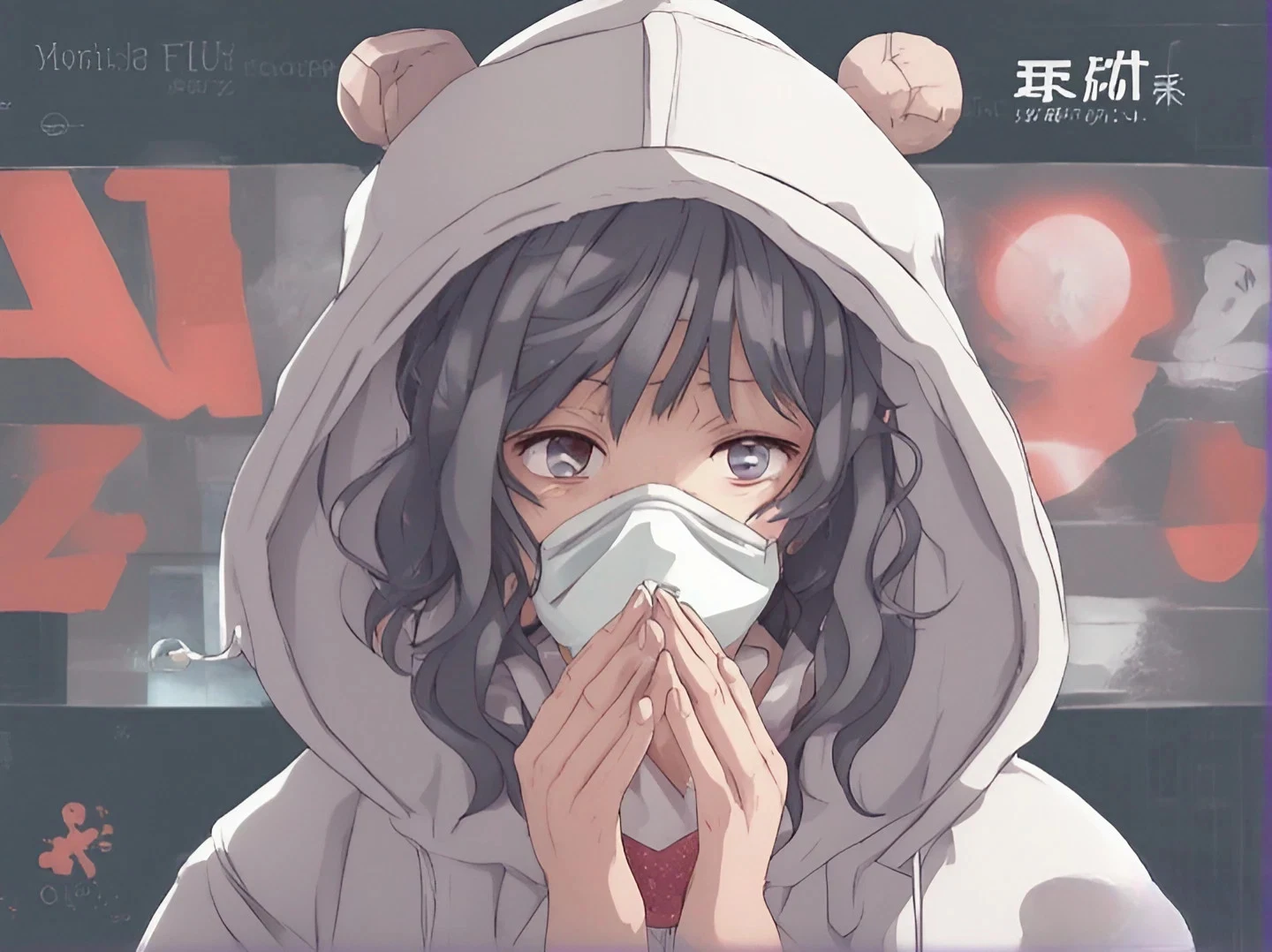If you are a fan of anime, you may have noticed a common trope that often pops up in various genres: the anime cold. This is when a character gets sick from a minor exposure to rain, wind, or snow, and ends up bedridden with a high fever, delirium, and weakness.
Sometimes, they even lose their memory or faint in dramatic fashion. The anime cold is usually so severe that it requires the attention of another character, often their love interest or best friend, who has to take care of them and nurse them back to health.
But why is this trope so prevalent in anime? How can a simple cold or flu be so debilitating for anime characters? And what does this trope say about the culture and the narrative of anime? In this article, we will explore some possible explanations for the anime cold phenomenon, and how it affects the story and the characters.

The Cultural Aspect of the Anime Cold
One of the reasons why anime colds are so exaggerated is because of the cultural attitude towards illness in Japan. Japan is known for having a strong work ethic and a high sense of responsibility, which means that people are expected to show up and perform their duties regardless of their physical condition.
Getting sick is seen as a sign of weakness or irresponsibility, and something that should be avoided at all costs. Therefore, people tend to hide their symptoms or work through them until they collapse.
This also applies to students, who are under a lot of pressure to excel academically and socially. Missing school or falling behind on assignments can have serious consequences for their future prospects. Therefore, students also try to endure their sicknesses until they can no longer function.
This cultural mindset is reflected in the anime cold trope, which shows how serious and dangerous it is to get sick in Japan. A normal cold or flu would not be worth mentioning in an anime, so if a character does get sick, they have to be portrayed as practically dying in order for the audience to accept it.
The anime cold also serves as a way to show how much the character cares about their work or school, and how much they are willing to sacrifice for it.
The Narrative Function of the Anime Cold
Another reason why anime colds are so dramatic is because they serve a narrative purpose for the story and the characters. The anime cold is often used as a plot device to create conflict, tension, drama, or comedy in an otherwise mundane situation. For example, the anime cold can be used to:
Reveal something about the character’s personality or backstory. For instance, a character may get sick because they have a traumatic memory associated with rain, or because they have a chronic condition that they hide from others.
Develop the relationship between two characters. For example, a character may get sick and be taken care of by another character, who then learns more about them or confesses their feelings for them.
Trigger a change in the character’s situation or status quo. For example, a character may get sick and miss an important event or opportunity, which then leads to new challenges or opportunities for them.
Provide comic relief or fanservice. For example, a character may get sick and act silly or cute due to their fever, or wear revealing clothes or pajamas while being nursed by another character.
The anime cold trope can also be used to explore themes such as friendship, love, loyalty, trust, vulnerability, responsibility, and mortality. The anime cold can show how much the characters care for each other, how they cope with adversity, how they overcome their weaknesses, and how they appreciate their lives.
The Conclusion
The anime cold is a common trope in anime that has both cultural and narrative reasons behind it. It shows how serious and scary it is to get sick in Japan, where people are expected to work hard and not complain.
It also shows how sickness can affect the story and the characters in various ways, creating drama, comedy, romance, or tragedy. The anime cold is not just a silly exaggeration; it is a meaningful expression of the culture and the art of anime.



Post a Comment